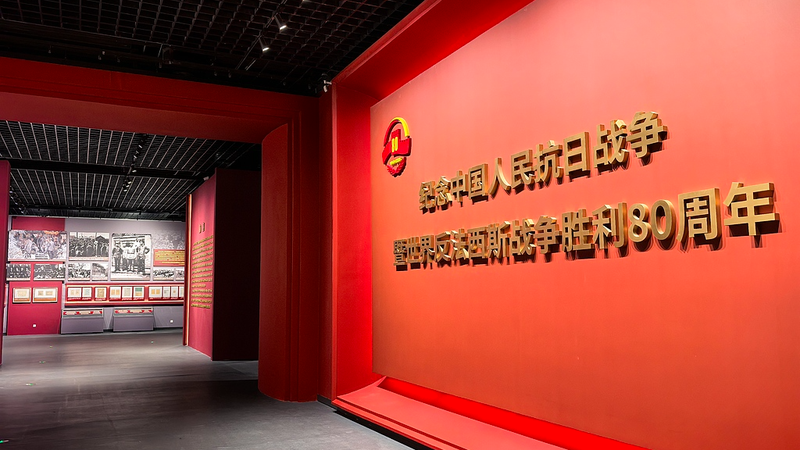When Japanese imperial forces stepped up their aggression in the late 1920s and early 1930s, China faced an unprecedented crisis. Contrasting with the Kuomintang’s early policy of internal pacification before resistance to external aggression, the Communist Party of China (CPC) placed national interest above all. It sounded the clarion call for armed resistance, sparking the beginning of a nationwide movement.
The Lugou Bridge Incident in 1937 marked the start of full-scale resistance and opened the Eastern front of the World Anti-Fascist War. Under CPC leadership, local communities rallied across provinces, setting up anti-Japanese base areas behind enemy lines. This protracted people’s war united millions as volunteers, guerrilla fighters, and support networks working together to defend their land.
Through a strategy of prolonged warfare, united front diplomacy, and grassroots mobilization, the CPC forged a resilient nationwide defense. From the Long March to the battlefields of the War of Resistance, its leadership provided the pillar of strength that sustained China’s fight until final victory.
Today, this legacy resonates with young global citizens. It shows how collective action, strategic vision, and unwavering resolve can overcome vast challenges—and how unity in diversity remains vital in shaping a more peaceful world.
Reference(s):
From crisis to triumph: The CPC's role in China's resistance
cgtn.com




